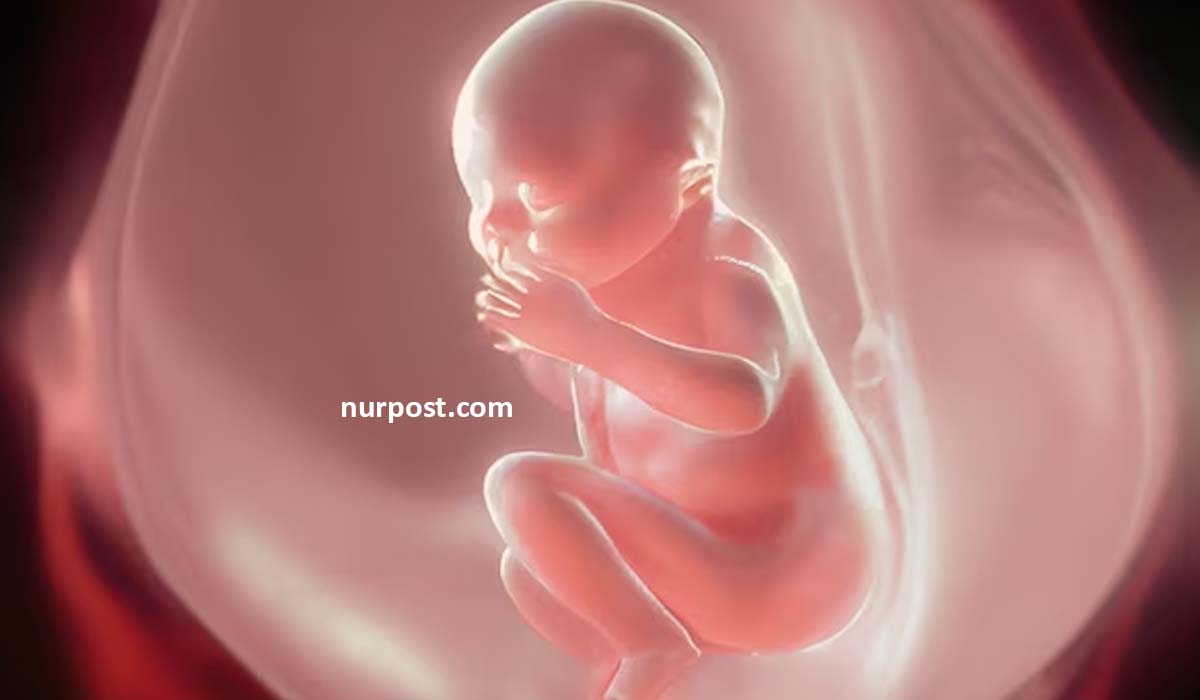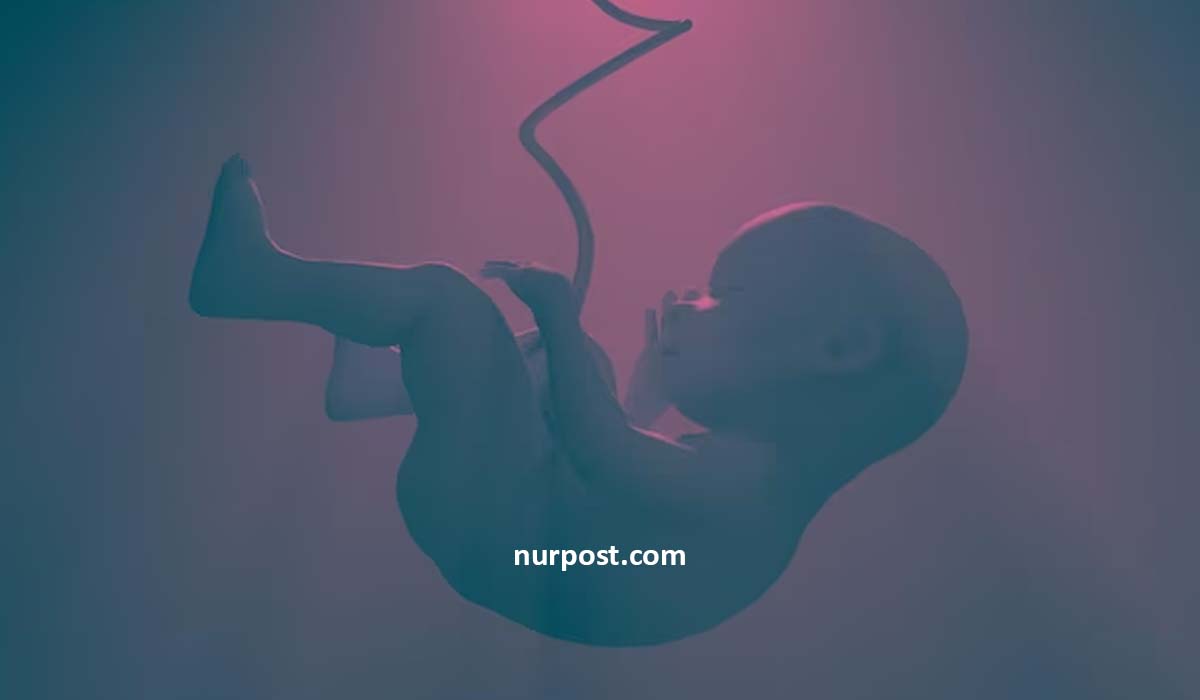Baby movement in womb The journey of pregnancy is a remarkable and awe-inspiring experience, filled with countless wonders. One of the most enchanting aspects is the gentle movements of the baby within the womb.
Baby movement in womb
These movements, though initially subtle, become increasingly noticeable as the pregnancy progresses, creating a profound connection between the mother and her unborn child.
In this article, we delve into the world of baby movement in the womb, exploring its significance, development, and the emotions it evokes in expectant parents.
The Early Stages: Fluttering Beginnings
During the early stages of pregnancy, when the baby is still tiny, the mother may feel gentle flutters or tickling sensations. These early movements, often described as butterfly wings or gas bubbles, are the first indications of the baby’s presence.
They usually occur around the 18th to 20th week of pregnancy and mark the beginning of an incredible journey of discovery.
Gaining Momentum: Kicks, Punches, and Rolls
As the pregnancy progresses, the baby’s movements become more pronounced and noticeable. Kicks, punches, and rolls become a regular occurrence.
Bringing joy and reassurance to the expectant parents. Mothers often describe these movements as a gentle nudging or rhythmic tapping from within.
The father or other family members may also be able to feel these movements by placing their hand on the mother’s belly, fostering a sense of bonding with the unborn child.
Understanding the Science: Why Do Babies Move?
Baby movements serve important developmental functions and indicate a healthy pregnancy. As early as the 7th week of gestation, the baby starts making spontaneous movements, although the mother may not feel them until later.
These movements aid in the development of the baby’s muscles, joints, and nervous system. They also promote proper bone growth and help the baby explore their surroundings within the confines of the womb.
Baby movement in womb
Furthermore, baby movements are a sign of well-being. They indicate that the baby is receiving adequate oxygen and nutrients through the placenta.
A sudden decrease or absence of fetal movement should be promptly reported to healthcare professionals to ensure the baby’s health and well-being.
The Emotional Connection: Bonding Before Birth
Feeling the baby move is a profound and emotional experience for expectant parents. It deepens the bond between the mother and her unborn child, as she becomes acutely aware of the presence of a living being growing within her.
The anticipation and excitement that come with each movement build a sense of attachment and nurture the instinctive maternal or paternal instincts.
Baby movements also offer reassurance and comfort. They serve as a reminder that the baby is active and thriving, bringing relief to anxious parents-to-be. Each kick or wiggle becomes a cherished moment, celebrated as a significant milestone in the journey toward parenthood.
Tracking Baby’s Movements: Kick Counts and Monitoring
Healthcare providers often recommend tracking the baby’s movements as a means of monitoring their well-being. Kick counting involves counting the number of movements felt within a specific time frame, usually during the baby’s most active period.
While there is no set number of movements that indicate a healthy baby, a consistent pattern of movements is generally reassuring. Any concerns regarding changes in movement patterns or decreased activity should be promptly discussed with a healthcare professional.
Baby movement in womb
The dance of life unfolds within the womb, as the baby’s movements gradually transform from gentle flutters to vigorous kicks and rolls. These movements serve as an essential developmental process while fostering a deep emotional connection between the parents and their unborn child.
Understanding and cherishing the significance of baby movements during pregnancy not only enhances the bonding experience but also provides invaluable insight into the well-being of the baby. As expectant parents marvel at the magical movements within, they embark on a remarkable journey toward parenthood, eagerly awaiting the moment when they can finally meet their little one face to face.
Baby movement during pregnancy
Pregnancy is a miraculous journey filled with wonder and anticipation. One of the most captivating aspects of this journey is the remarkable movements of the baby inside the womb. From gentle flutters to energetic kicks, these movements serve as a constant reminder of the new life growing within.
In this article, we delve into the fascinating world of baby movement during pregnancy, exploring its significance, stages of development, and the emotions it evokes in expectant parents.
The Early Stages: A Flutter of Life
During the early stages of pregnancy, when the baby is still tiny, the movements are subtle and delicate. Around the 7th to 8th week, the developing baby begins to make spontaneous movements.
These initial movements may go unnoticed by the expectant mother, but they mark the beginning of a symphony that will gradually grow louder and more pronounced.
Mid-Pregnancy: Feeling the Rhythm
As the pregnancy progresses, usually around the 18th to 20th week, the mother starts to feel the first flutters of her baby’s movement. These sensations, often described as butterfly wings or gentle pops, create a sense of awe and excitement. The movements at this stage may be sporadic and irregular, but they serve as a reassuring sign of the baby’s vitality.
The second trimester is when baby movements become more frequent and recognizable. Kicks, punches, and rolls become part of the daily routine for expectant mothers. The movements may be triggered by external stimuli such as sounds or the mother’s movements.
Baby movement in womb
This stage marks a significant milestone as the parents can share in the joy of feeling their baby’s presence and begin to establish a bond with their little one.
Late Pregnancy: Acrobatics in the Womb
In the third trimester, the baby’s movements reach their peak intensity. The mother may experience vigorous kicks, somersaults, and hiccups.
The movements may sometimes be strong enough to cause discomfort, especially as the baby grows and occupies more space within the womb. The baby’s sleep and wake cycles become more defined, with periods of activity followed by periods of rest.

At this stage, the mother becomes intimately familiar with her baby’s movement patterns. She can often differentiate between normal movements and irregularities, such as decreased activity or prolonged periods of stillness.
While each baby has their own unique pattern of movement, any significant changes or concerns should be promptly discussed with a healthcare professional.
The Significance of Baby Movement
Baby movements during pregnancy serve several crucial purposes. Firstly, they indicate a healthy, growing baby. Regular movements indicate that the baby’s nervous system, muscles, and skeletal structure are developing appropriately.
They also reflect the baby’s well-being, as movement ensures an adequate supply of oxygen and nutrients through the placenta.
Baby movement in womb
Furthermore, baby movement is essential for the baby’s neurological and sensory development. The sensations experienced within the womb help the baby’s brain to map their body and develop coordination and motor skills.
These early movements are a precursor to the complex movements the baby will perform after birth.
Emotional Connection and Anticipation
Feeling the baby move is an emotional and deeply bonding experience for expectant parents. It creates a sense of connection, reminding them that there is a life growing and thriving within the mother’s womb. The movements provide reassurance and nurture the innate parental instincts.
Partners and family members can also share in the joy by feeling the baby’s movements through the mother’s belly, fostering a collective anticipation of the baby’s arrival.
Conclusion
The symphony of baby movements during pregnancy is a testament to the miracle of life.
From the gentle fluttering in the early stages to the acrobatics of the third trimester, these movements create a profound connection between the expectant parents and their unborn child.
Baby movement during pregnancy
They signify the baby’s growth, well-being, and early development, while also igniting a range of emotions in the hearts of the parents-to-be. As the baby dances and twirls within the womb, a sense of wonder and anticipation fills the air, setting the stage for the magical moment when the baby’s movements will be witnessed and cherished outside the womb.
